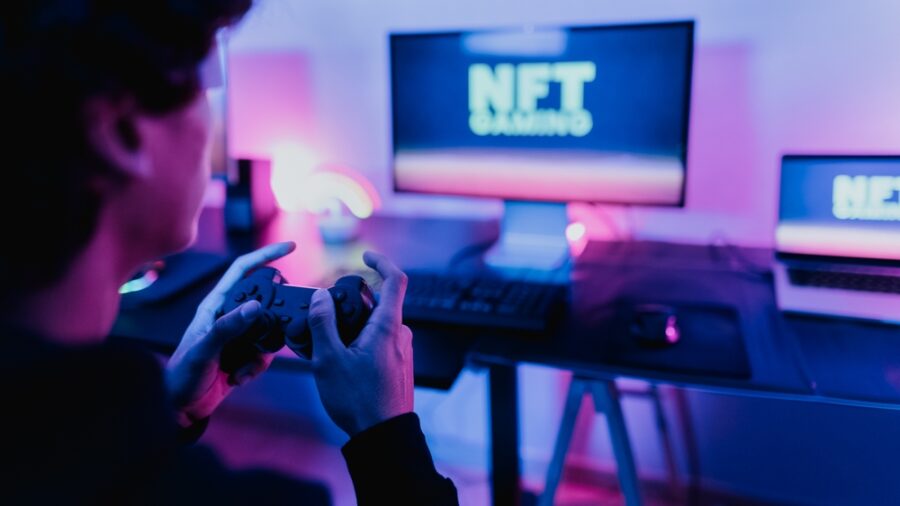There is an ongoing attempt across various project developers to bring cryptocurrency to mainstream gaming. That means entering the world of triple A titles and competitive PvP leading to involvement in esports. Among the most notable companies to join this endeavour are Ubisoft and Square Enix who already made non-fungible tokens (NFTs).
However, there is a considerable backlash coming from the gaming industry about being involved with crypto and its technology. They lack understanding and vision of how merging the two fields could work in a way that benefits both players and investors alike. Gamers who deny this future are missing out on these opportunities that they could enjoy:
Inclusive games for adults using real cash rewards
Game development has widened its target audience from entertaining children to entertaining adults with deep storytelling as well as engaging adolescents in a competitive space. However, there is another demographic that is excluded in the gaming space’s current state and those are the gamblers of all age groups.
Crypto casino games have become successful over the years and there’s no reason this shouldn’t be in mainstream games as well. Games already have loot boxes and microtransactions for digital goods. Making them tradeable not only invites adults to its concurrent player numbers but also enriches its community-driven economy.
Creation of a more dynamic and interactive economy
Players have been trading digital assets like skins and resources in video games. However, these are often unstable and prone to wild volatility which isn’t fun for players looking for a reasonable price. Experienced traders who aren’t players should be allowed to join the exchange to help maintain fair distribution of resources.
This can be done through blockchain by making assets into cryptocurrencies or NFTs. People can make a career out of being traders of game resources which also helps retain video games’ player participation in transactions. A good real life example of this is trading card games (TCGs) where players can buy and sell cards at shops without needing to buy booster packs.
Sharing of assets between games on the same network
One big issue players have with seasonal games is the inability to transfer their resources. Examples of this are 2K NBA and FIFA games where players have to buy their unlocked assets every time they move into the sequel. If these games are built on a blockchain, then assets could be transferable between titles.
This can work in the form of NFTs. While the asset itself does not contain files to rebuild content from one game to another, it can work as a redeemable token used for reclaiming similar assets. This will require the two games to share a layer 1 or layer 2 network but it’s possible and conceptually revolutionary.
Why crypto games aren’t the norm yet
As stated, there was backlash among gamers with regards to applying crypto technology to standard game development. Even if it becomes widely accepted, modern blockchains are not developed to handle games. They can scale with millions of transactions but not assets that are terabytes worth of files which is now the standard of modern gaming.
Crypto-based game development still has a long way to go to keep up with modern titles. Until then, crypto casino games remain the best products of both worlds.

